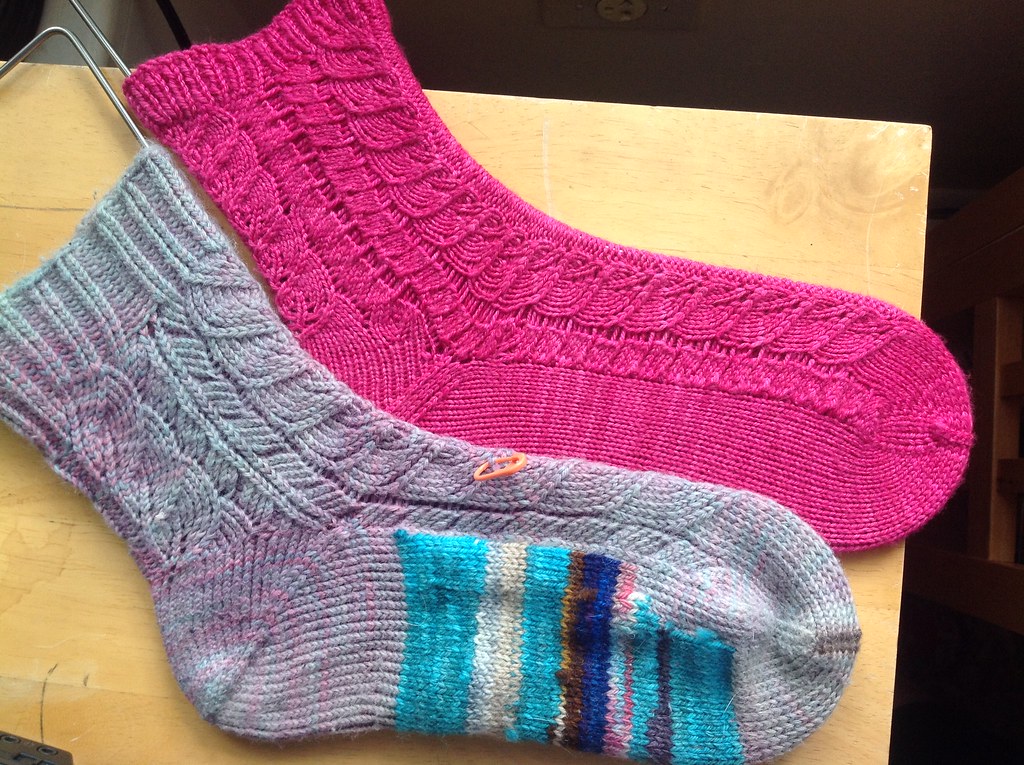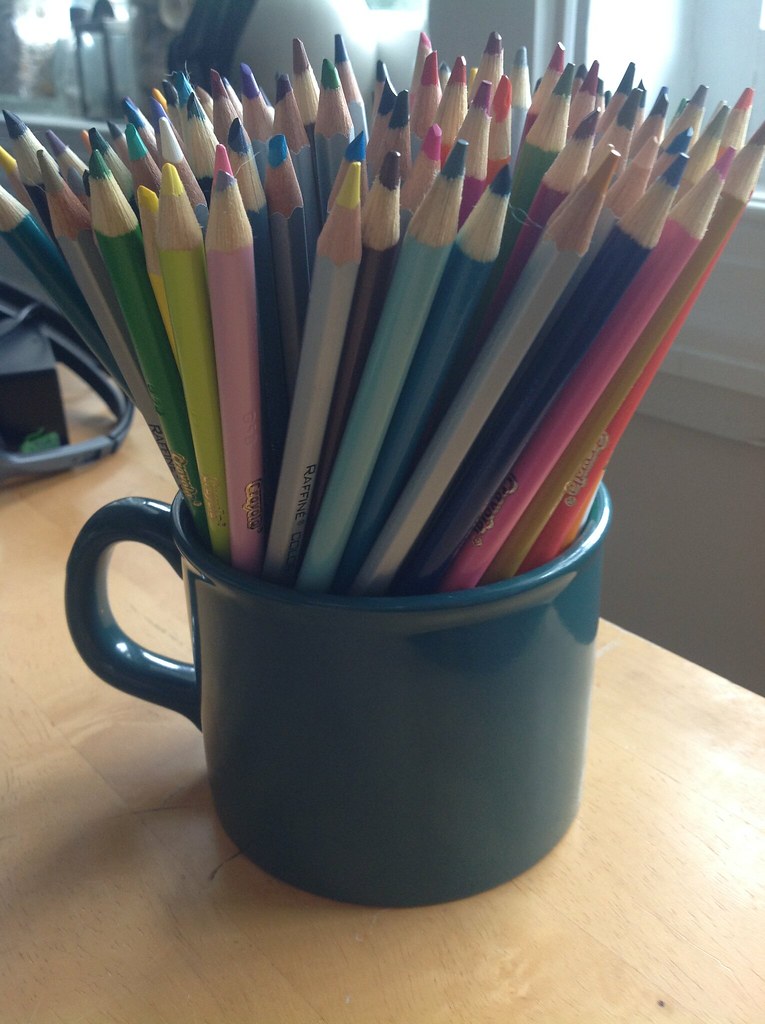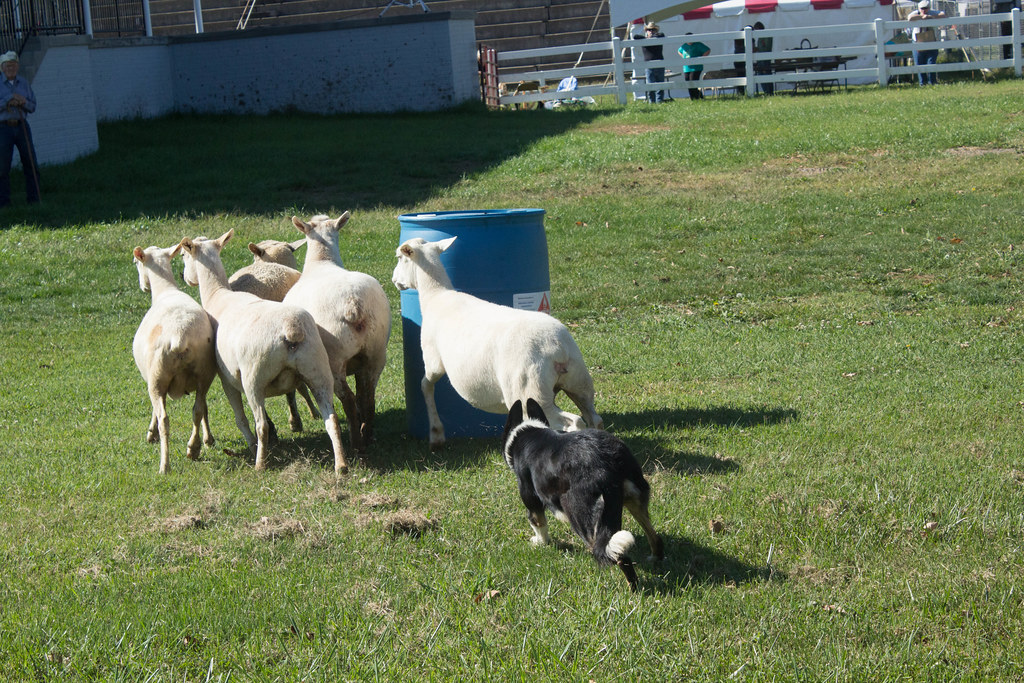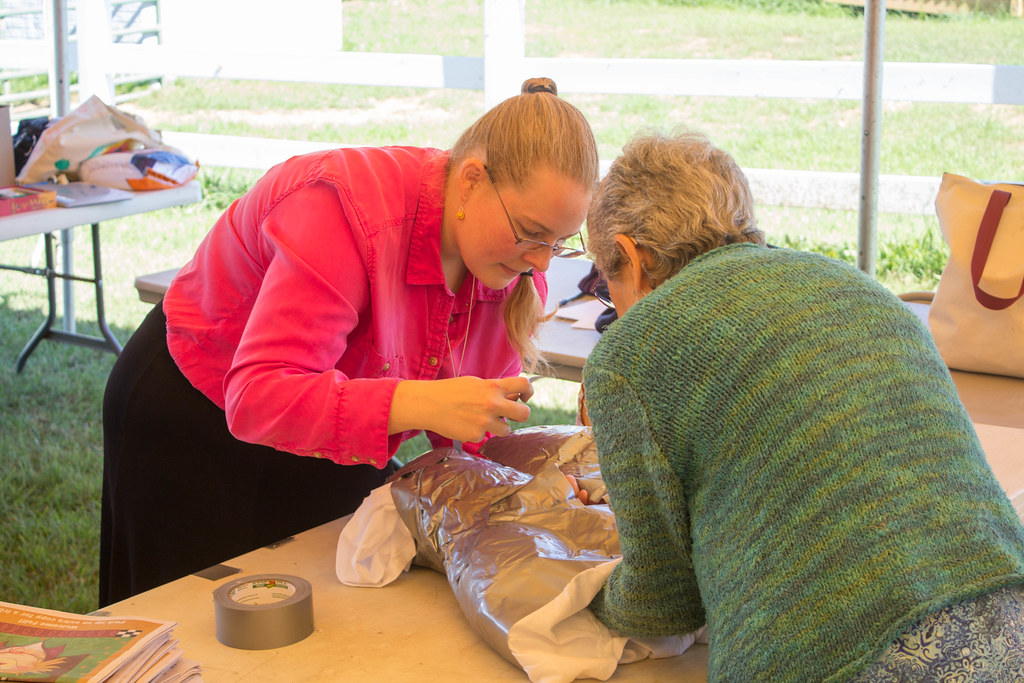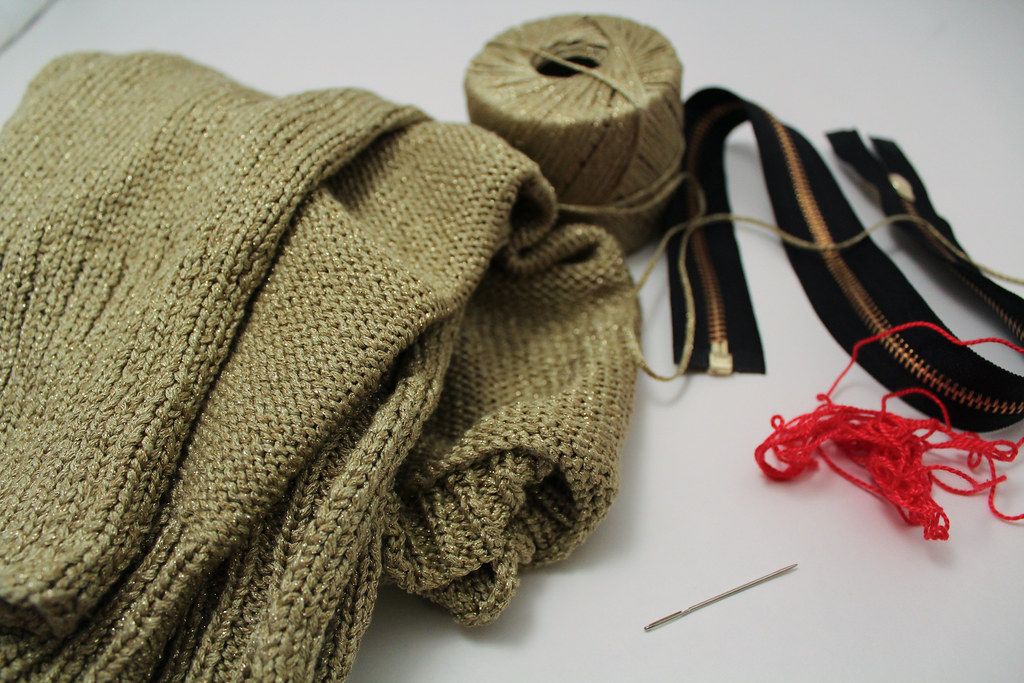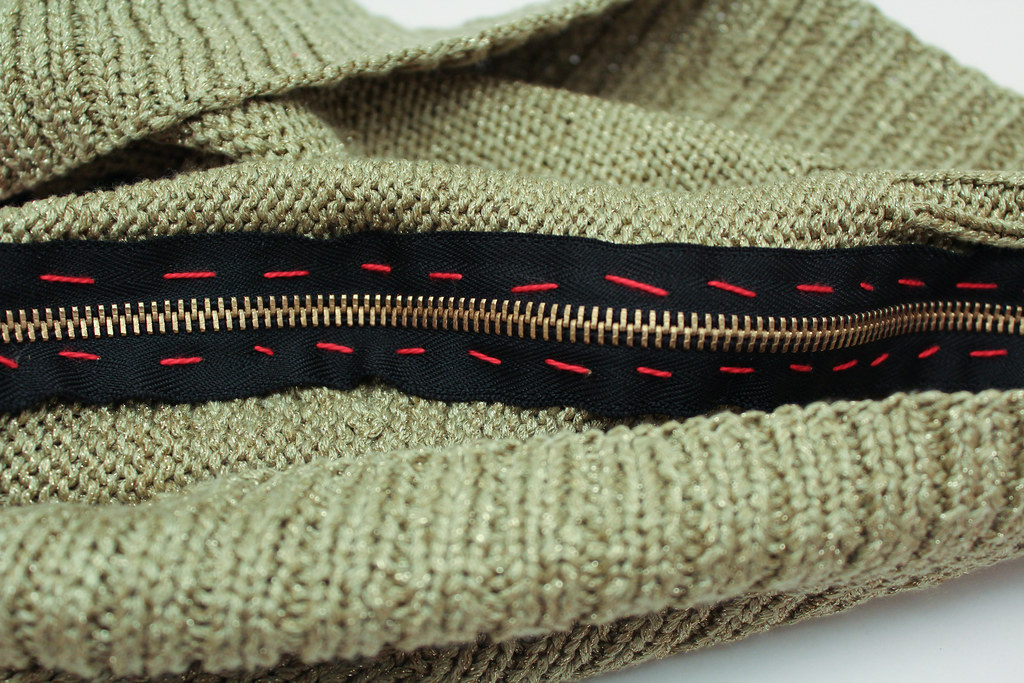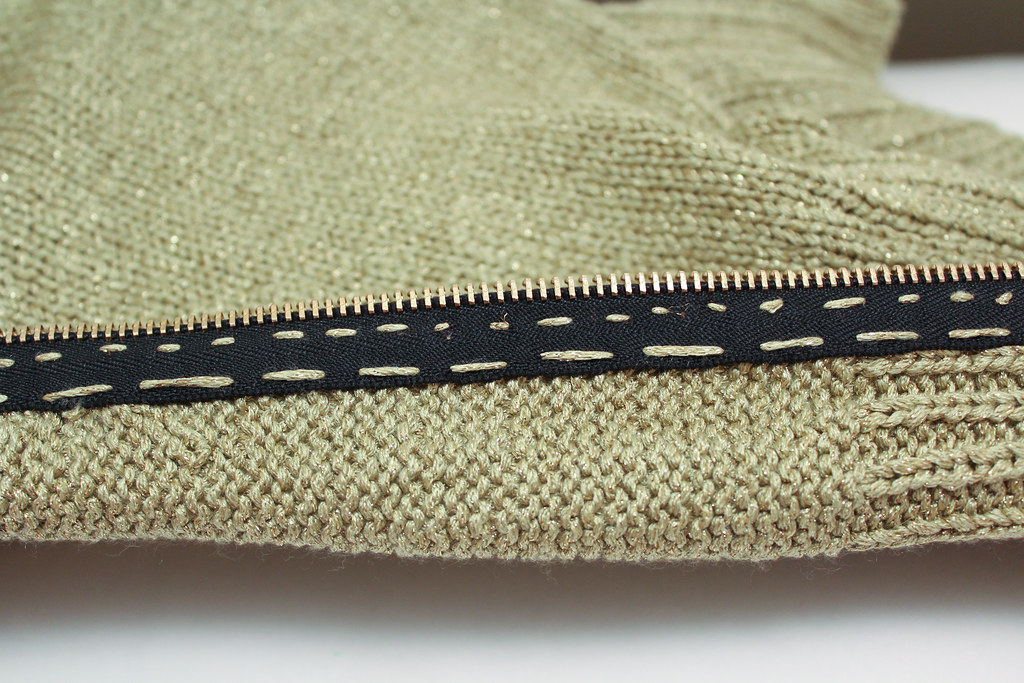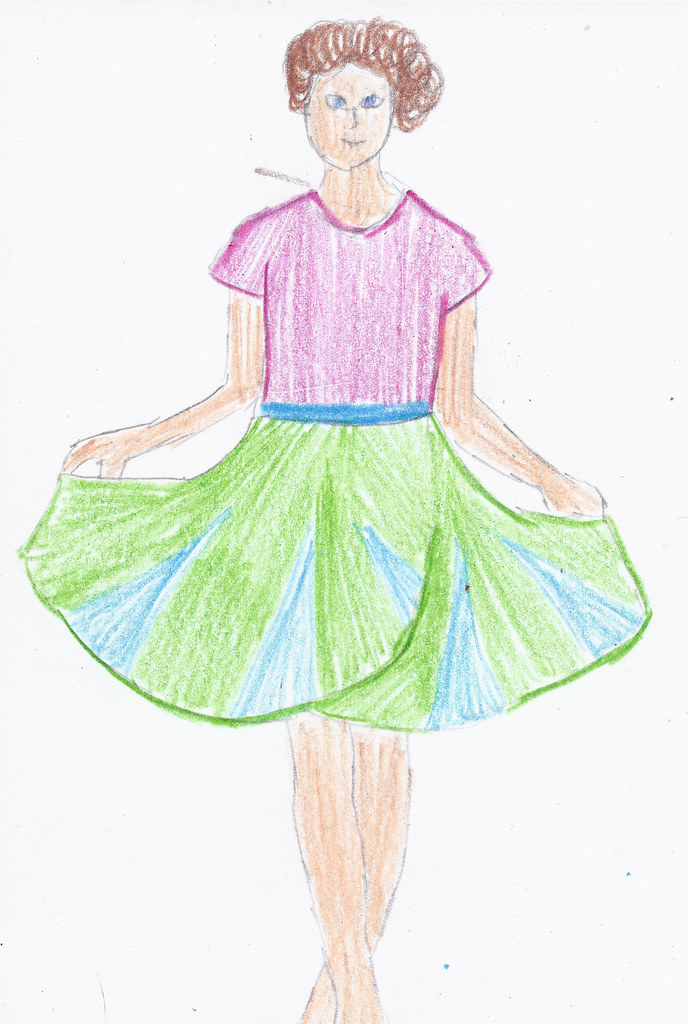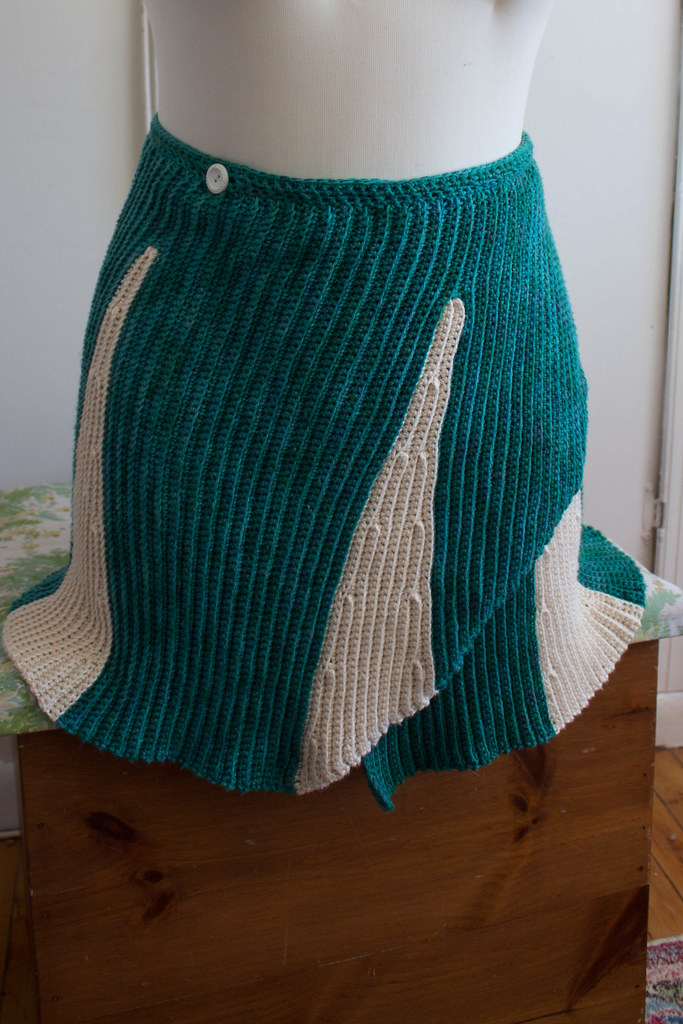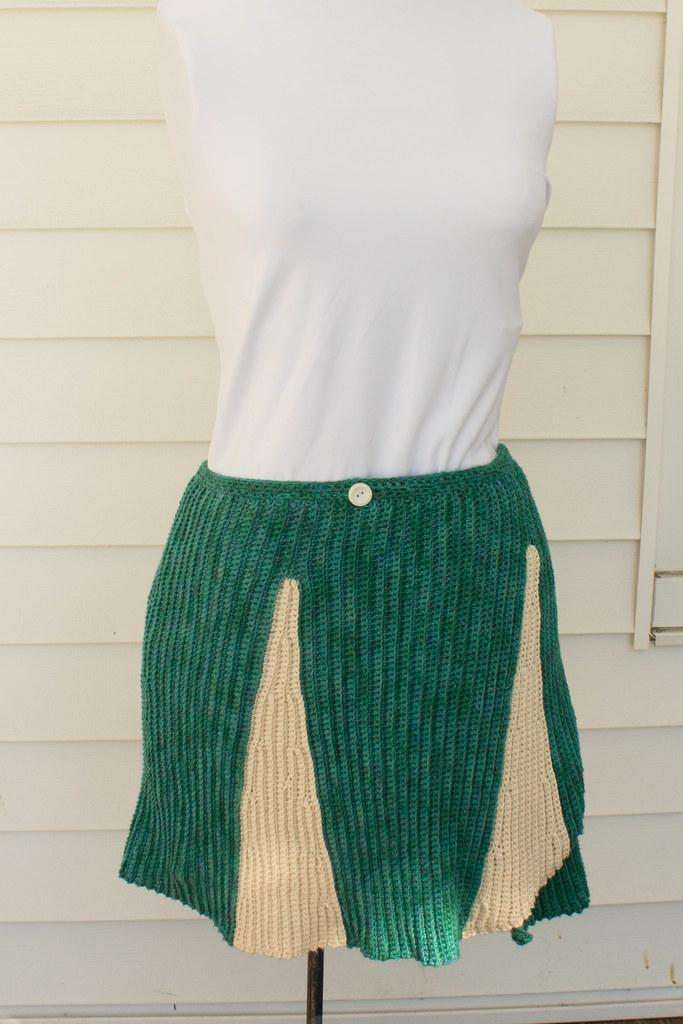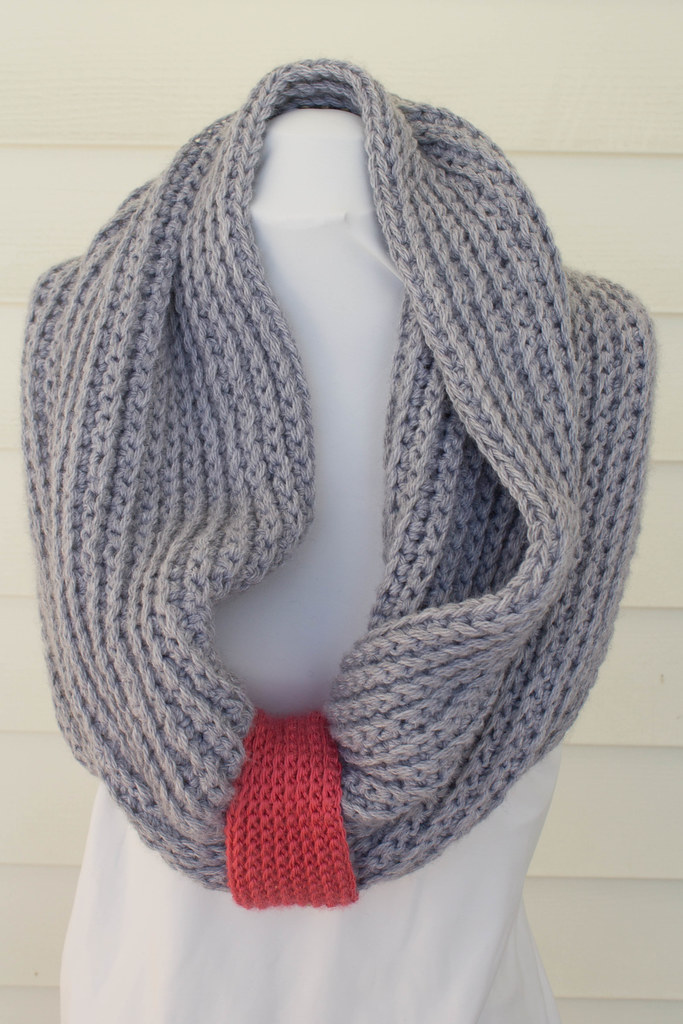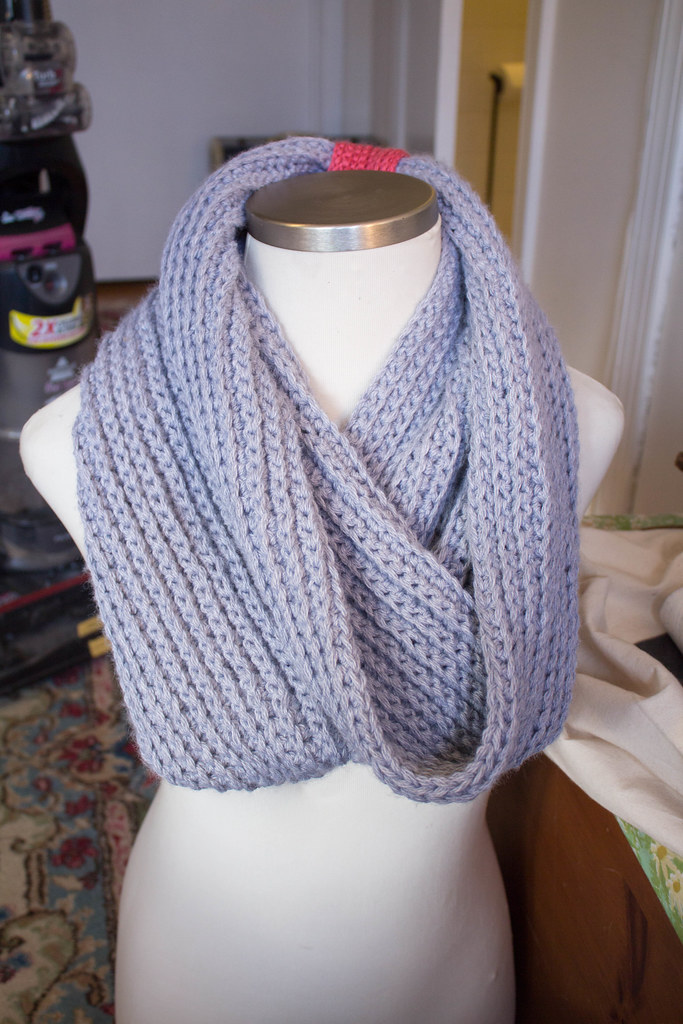
The right and wrong sides of Stained Glass Rug
If you’re coming here from Marly Bird’s The Yarn Thing, welcome! I’d love to have you sign up for my newsletter or follow me on Facebook or Twitter. Feel free to read some of my previous blog posts! If you enjoy tutorials, check out How to Set a Zipper in a Sweater. If you like a behind-the-scenes look at designing, check out some of my posts on my designs in Crochetscene. And if you’d like to revisit some of my oldest sock designs, check out a side by side comparison of two older designs.
If you’re already a regular… have you listened to my interview with Marly Bird on her podcast? We just wrapped the interview up! You can listen on BlogTalk Radio.
Tomorrow I’ll give you a glimpse into some of the things I’ve been working on lately!


